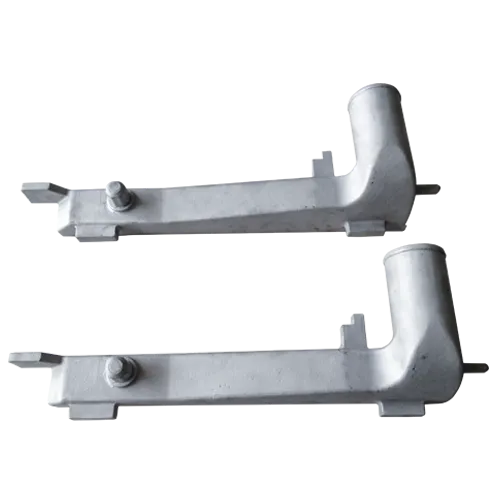Mobile:+86-311-808-126-83
Email:info@ydcastings.com
Exploring Innovations and Techniques in Metal Casting Foundries for Optimal Production Efficiency
Understanding Metal Casting in Foundries
Metal casting is a manufacturing process that has been utilized for centuries, transforming molten metal into solid objects through the use of molds. Foundries, the facilities where this process takes place, are integral to many industrial sectors, producing components for everything from automobiles to aerospace applications. With an emphasis on precision, quality, and innovation, metal casting remains a critical technique in modern manufacturing.
At its core, metal casting involves pouring liquid metal into a pre-shaped mold to achieve the desired form upon solidification. The most common metals used in the casting process include iron, aluminum, bronze, and magnesium. Foundries utilize various casting methods, including sand casting, investment casting, die casting, and lost foam casting, each method suited to specific applications and production volumes.
The Casting Process
The casting process generally begins with mold creation. The type of mold used can vary significantly based on the casting method chosen. For instance, in sand casting, a mixture of sand and binder is formed around a pattern that reflects the shape of the final product. Once the mold is prepared, it is subjected to finishing processes to ensure smooth surfaces and accurate dimensions.
Next, the metal is melted in a furnace, which can achieve extremely high temperatures depending on the type of metal. For example, aluminum has a melting point of about 660°C (1220°F), while cast iron melts at around 1150-1200°C (2100-2190°F). Once the metal reaches the appropriate temperature, it is poured into the mold. After a period of cooling, the mold is removed, and the solidified casting is revealed.
Advantages of Metal Casting
metal casting foundry

Metal casting offers a plethora of advantages. First and foremost, it allows for complex shapes and features that may be difficult or impossible to achieve through other manufacturing methods. Additionally, the process is highly versatile, accommodating small-scale prototypes and large-scale production runs alike. Castings can also be designed to meet precise specifications, leading to fewer materials wasted and a more sustainable approach to manufacturing.
Moreover, metal casting enables the use of a wide range of alloys. Manufacturers can customize the properties of the final product by selecting specific metal compositions to enhance strength, durability, corrosion resistance, or weight savings.
Modern Innovations in Foundries
As technology advances, so does the metal casting industry. Modern foundries are increasingly implementing automation and computer-aided design (CAD) to streamline processes and improve accuracy. Additive manufacturing, or 3D printing, is also making its way into foundries, allowing for rapid prototyping of molds and components. This not only speeds up the production process but also opens new avenues for intricate designs that were previously impractical.
Furthermore, the industry is becoming more environmentally conscious. Advances in recycling techniques mean that many foundries are now capable of melting down scrap metal and previously cast components, thereby reducing waste and energy consumption.
Conclusion
Metal casting plays a vital role in contemporary manufacturing, providing essential components for numerous applications. Foundries combine traditional techniques with innovations in technology to meet the ever-evolving needs of industries. As we advance, the emphasis on sustainable practices and precision will further enhance the significance of metal casting, ensuring its place at the forefront of manufacturing for years to come. The continued evolution and adaptation of foundries demonstrate the enduring importance of this age-old craft in a modern industrial landscape.
-
Why Should You Invest in Superior Pump Castings for Your Equipment?NewsJun.09,2025
-
Unlock Performance Potential with Stainless Impellers and Aluminum End CapsNewsJun.09,2025
-
Revolutionize Your Machinery with Superior Cast Iron and Aluminum ComponentsNewsJun.09,2025
-
Revolutionize Fluid Dynamics with Premium Pump ComponentsNewsJun.09,2025
-
Optimizing Industrial Systems with Essential Valve ComponentsNewsJun.09,2025
-
Elevate Grid Efficiency with High-Precision Power CastingsNewsJun.09,2025











